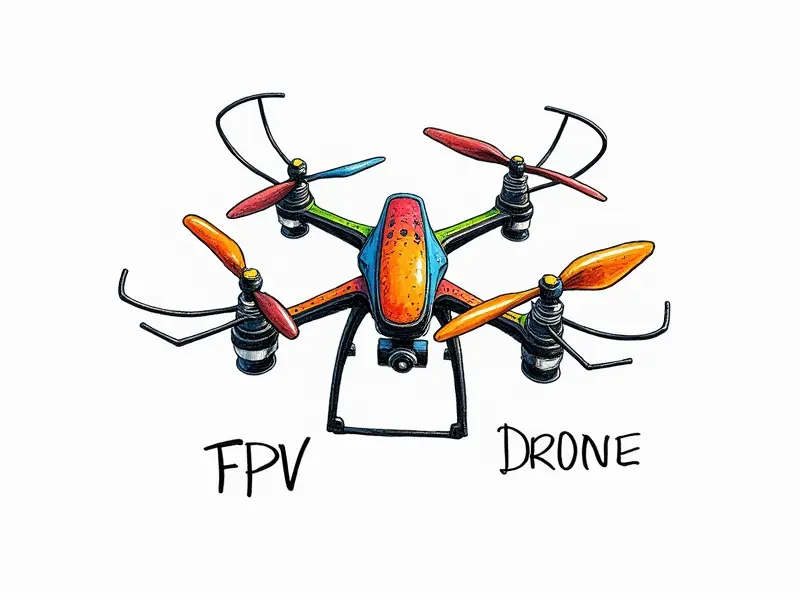RC airplane safety tips

Essential RC Airplane Safety Tips
Flying remote control (RC) airplanes can be an exhilarating hobby, but it comes with its own set of risks. Ensuring safety is paramount to enjoying this pastime without incident. This article will guide you through essential tips and rules that every RC pilot should follow.
Top 5 RC Plane Safety Rules
- Always Wear Protective Gear: Helmets, goggles, gloves, and knee pads can protect you from injuries during crashes or mishaps.
- Maintain a Clear Flight Area: Ensure that your flying field is free of obstacles such as trees, power lines, and buildings to prevent accidents.
- Check Your Equipment Regularly: Inspect the aircraft for loose parts or damage before each flight. A well-maintained RC plane operates more safely.
- Familiarize Yourself with Emergency Procedures: Knowing how to perform an emergency landing can save your aircraft and prevent injury.
- Follow Local Regulations: Understanding and adhering to local laws and regulations regarding the operation of RC planes is crucial for safety and legality.
Stay Safe Flying RC Planes
Safety should always be your top priority when flying RC airplanes. Here are some additional tips to ensure a safe flight:
- Use Quality Batteries: Invest in high-quality batteries that provide consistent power and avoid overheating.
- Keep a First Aid Kit Nearby: Accidents can happen, so having a first aid kit on hand is essential for quick medical attention.
- Avoid Flying in Crowded Areas: Keep your RC plane away from populated areas to prevent accidents and legal issues.
Beginner's Guide to RC Plane Safety
If you're new to the world of RC airplanes, it’s crucial to start with a solid foundation. Here are some tips for beginners:
- Select an Appropriate Aircraft: Choose a model that matches your skill level and experience.
- Take Lessons from Experienced Pilots: Learning from someone who has years of flying experience can significantly reduce the risk of accidents.
- Practice in Controlled Environments: Start with indoor or small outdoor spaces before moving to larger fields.
Avoiding Common RC Plane Accidents
RC plane accidents often occur due to common mistakes. Here’s how you can avoid them:
- Overheating Batteries: Monitor battery temperatures and use cooling systems if necessary.
- Inadequate Pre-Flight Checks: Skipping pre-flight inspections can lead to mechanical failures during flight.
- Lack of Wind Awareness: Strong winds can make flying challenging; always check weather conditions before you fly.
Protect Yourself While Flying RCs
Personal safety is just as important as aircraft safety. Here are some ways to protect yourself:
- Wear Appropriate Clothing: Long sleeves and pants can prevent skin injuries from debris.
- Stay Hydrated: Flying in hot weather requires staying hydrated to avoid heat-related illnesses.
- Avoid Solo Flight: Having a spotter or another pilot around can help you stay safe by providing additional eyes and ears.
Pre-Flight Checklist for RC Aircraft
Before every flight, it’s essential to conduct a thorough pre-flight check. Here is a checklist to follow:
- Battery Condition: Check the battery voltage and ensure there are no signs of damage.
- Propeller Inspection: Look for cracks or other damage that could cause failure during flight.
- Control Surface Functionality: Test all control surfaces to make sure they move freely and correctly.
Weather Conditions to Watch Out For
Flying RC planes in adverse weather conditions can be dangerous. Here are some weather-related issues you should watch out for:
- Strong Winds: High winds can make control difficult and increase the risk of crashes.
- Rain or Snow: Wet conditions can affect battery performance and cause electrical shorts.
- Foggy Conditions: Reduced visibility makes it challenging to navigate safely.
Emergency Landing Techniques Explained
In case of an emergency, knowing how to perform a safe landing is crucial. Here are some techniques:
- Choose a Safe Landing Spot: Look for open areas free from obstacles like trees or power lines.
- Lower the Flaps: Lowering flaps can increase lift and help you land more gently.
- Reduce Throttle Gradually: Slowly reduce throttle to control descent speed and avoid hard impacts.
Legal Considerations for RC Flight Safety
Flying RC planes comes with legal responsibilities. Here are some key considerations:
- Aircraft Registration: Some countries require registration of RC aircraft, especially those over a certain weight.
- No-Fly Zones: Avoid flying in restricted areas such as military bases or near airports.
- Lights at Night: Use appropriate lighting for night flights to comply with aviation regulations.
Essential Gear for RC Plane Safety
The right gear can make a significant difference in your safety and enjoyment. Here’s what you should consider having:
- Helmets and Goggles: Protect your head and eyes from debris.
- Knee Pads and Gloves: Provide additional protection during crashes or handling the aircraft.
- First Aid Kit: Essential for treating minor injuries quickly.
Conclusion
Flying RC airplanes is a thrilling hobby, but it requires careful attention to safety. By following these essential tips and rules, you can enjoy your flights while minimizing risks. Remember to always prioritize personal and aircraft safety, stay informed about local regulations, and invest in quality gear to ensure an enjoyable and safe flying experience.

